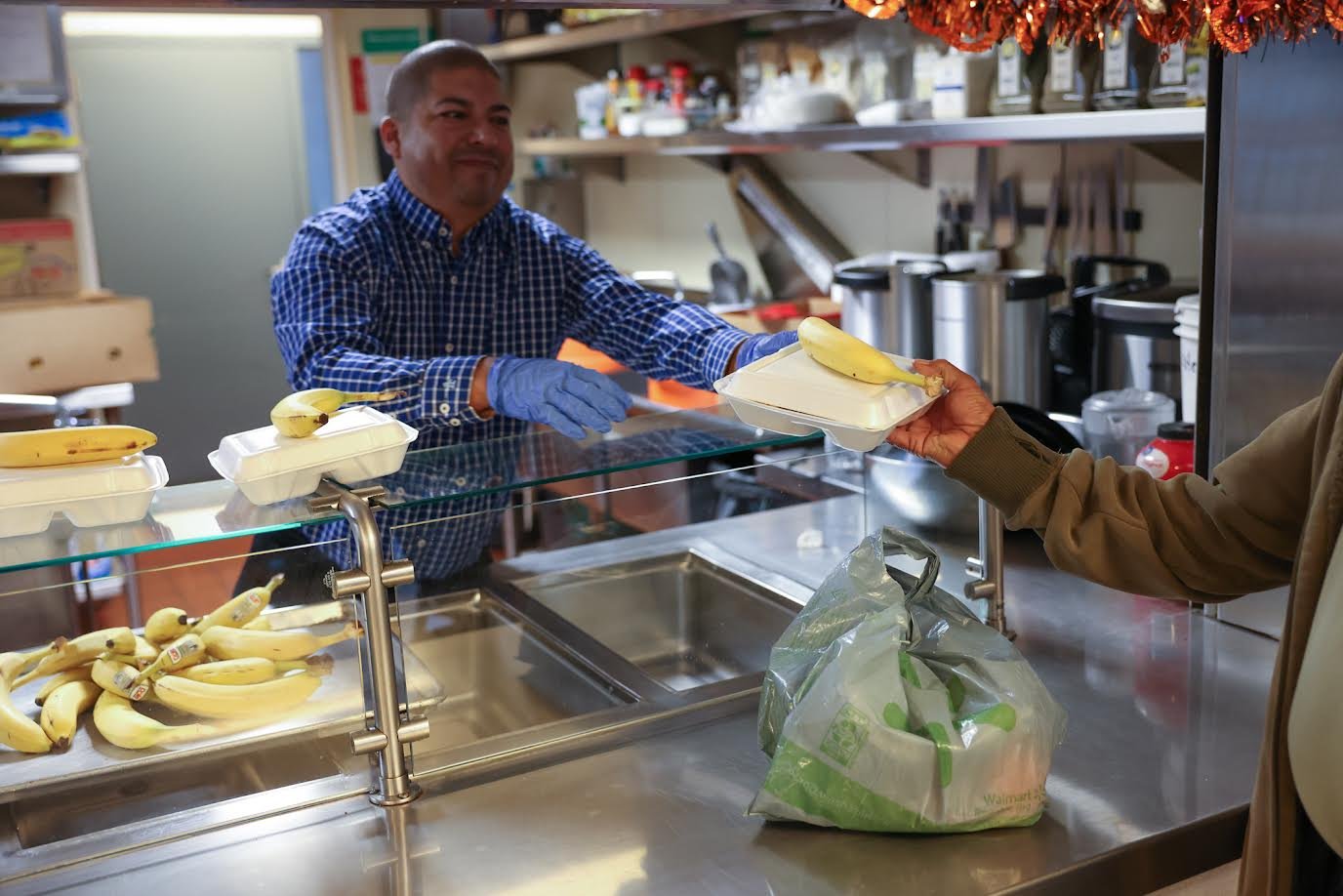☆ Silicon Valley shelter director praises SJ’s diverse strategies for homelessness (4/4)
Image courtesy of Salvation Army Silicon Valley, used with permission.
Local Salvation Army coordinator Major Daniel Freeman believes there’s a place for Permanent Supportive Housing—but it’s not a “cookie-cutter fix” for everyone. With that, he applauds San Jose’s expanding beyond Housing First to explore more interim, sober, and treatment-based options. An Opp Now exclusive.
Opportunity Now: In your view, what's the smartest thing San Jose has done as far as combating homelessness through shelters?
Major Daniel Freeman: I like the way the city is adopting more dispersed strategies. I get the debates between housing and transitional housing: they're both equally valuable, and there are limited resources to make it all happen. So how do you make it happen? It’s challenging. I'm glad I'm not the mayor and don’t have to figure that stuff out—I just have to run this program!
Many cities want to “go big” when it comes to addressing homelessness: make one huge shelter to house everybody, and that’s their strategy. But I’m more partial to doing lots of little, dispersed projects. On my campus, we certainly can’t house 10,000 homeless people; but we can take a whack at it with 180 beds. And then if someone does more in another area, we could make great progress on this problem.
Also, it’s good that they’re now recognizing we need different solutions for different people. There’s no cookie-cutter fix. Some people can go right from being unhoused to being in their own housing. But in my experience, there are also many people who need that extra transitional step to get off the streets and stabilized before they go into their own housing.
ON: No cookie-cutter fix—true not just of homelessness, we think, but many other local issues. Have any successful strategies for helping homeless folks surprised you?
MDF: When I worked in Southern California, one of our locations had a family unification program, where we helped the unhoused find their family again. The families often said they had no idea what happened to that person—that the unhoused person was feeling embarrassed or ashamed because of where they were at, and so withdrew from their familial supportive relationships. Reconnecting these families was often enough to help stabilize that person. It didn’t take a whole shelter or addiction recovery program. Distributed styles of homelessness programs are great for SJ.
ON: We wonder if sometimes the best solutions are overlooked for their simplicity; and we’re reminded, too, of SF’s similarly successful Homeward Bound program.
Let’s flip the question: what’s a past decision from SJ about homelessness that you’d want to change?
MDF: Broadly speaking, I think we should have been thinking this way earlier. It seems to me that historically, San Jose has focused on a few strategies to address homelessness; and it’s only when the crisis got so overwhelming that they realized, “We’ve got to try multiple solutions to get to the answer.”
San Jose has the seventh highest homeless population in the United States. But you just don't get the visuals like in San Francisco—
ON: Which, ironically, sits at #10.
MDF: Yes, in San Jose, you don’t see as many people on the streets as in SF. But we have a much bigger problem with homelessness here. It's just harder to get people engaged in it because it’s not as visually apparent as in, say, Los Angeles or New York City. So part of my goal is to help draw attention to the humanity suffering out here on the streets.
Right now, SJ and SCC are watching what we’re doing at the Salvation Army. It’s interesting because we’re all privately funded, and so there’s no financial impact to the city or the county—and we’re free to try and explore things without needing to comply with another structure. But they see the effectiveness of our program. They’ve come around to our way of thinking. And that’s all encouraging to us.
But even if we didn’t have the support of the city or county, I’d still be running the same program. We wouldn't stop doing what we’re doing. We see it working. We're seeing the lives change; and that's what's important to us, and we won't give up on that.
Follow Opportunity Now on Twitter @svopportunity
We prize letters from our thoughtful readers. Typed on a Smith Corona. Written in longhand on fine stationery. Scribbled on a napkin. Hey, even composed on email. Feel free to send your comments to us at opportunitynowsv@gmail.com or (snail mail) 1590 Calaveras Ave., SJ, CA 95126. Remember to be thoughtful and polite. We will post letters on an irregular basis on the main Opp Now site.

